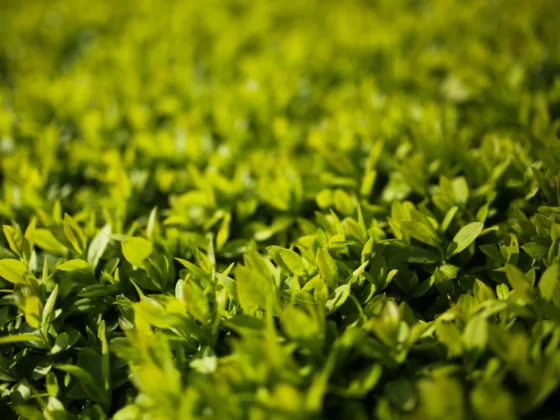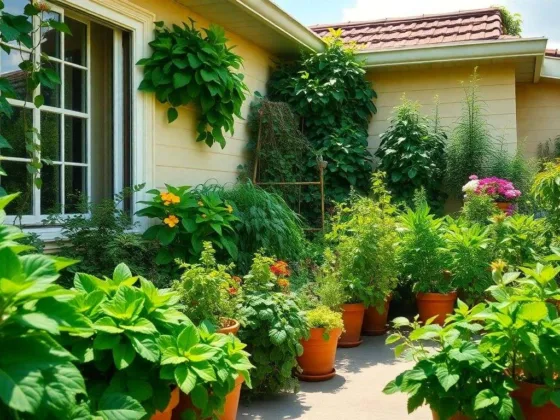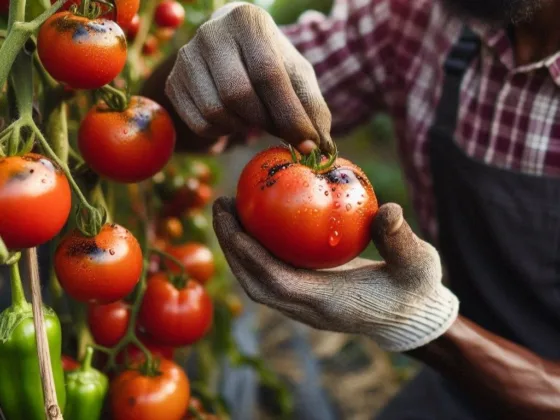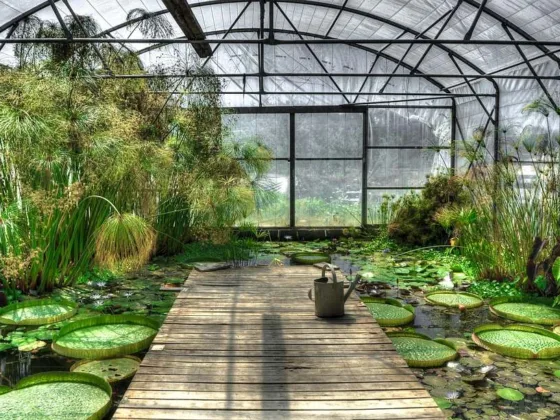Table of Contents Show
Are you looking for ways to grow your favorite herbs?
Herbs add a lot to any dish, whether you toss them into your cooking or use them to make flavorful sauces and salsas. They are also easy to grow and bring a ton of health benefits to your family.
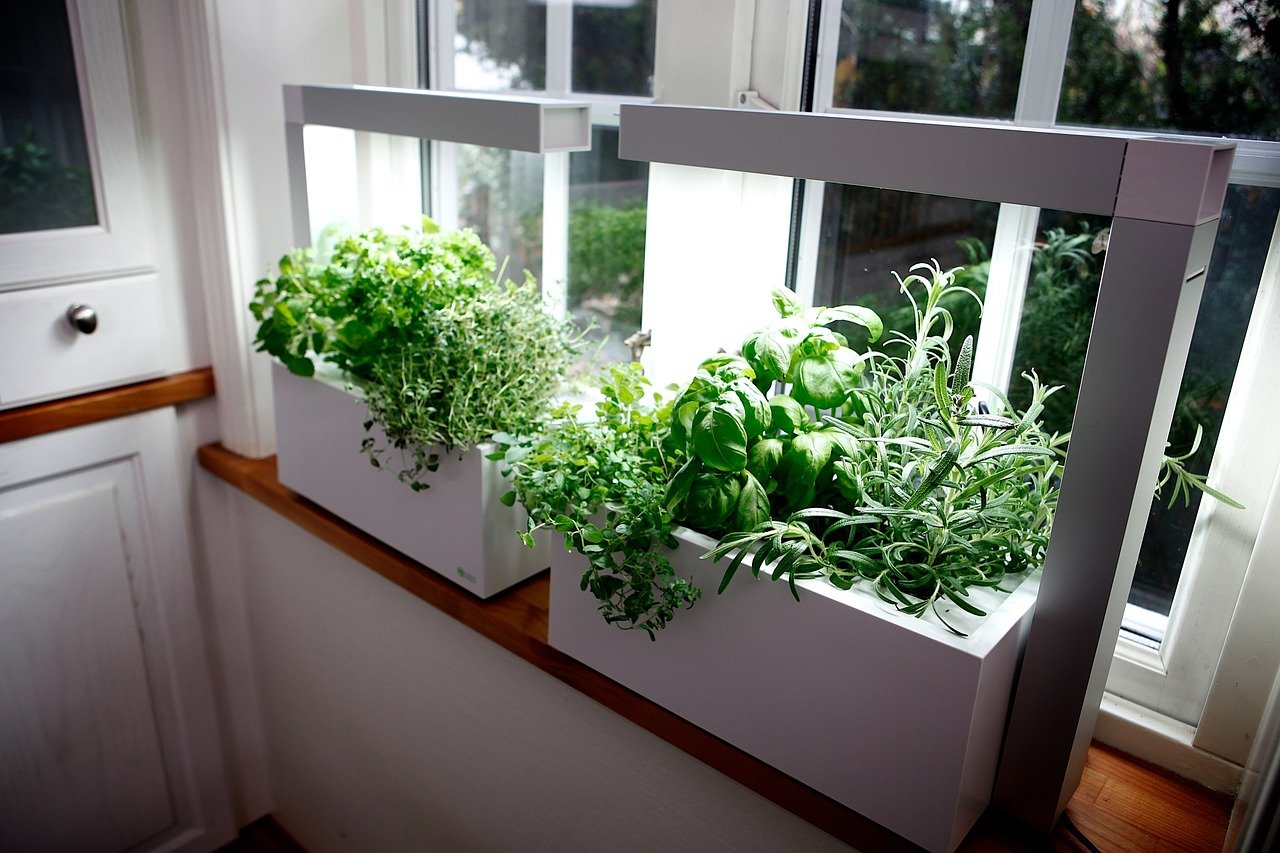
What are you waiting for? It’s time to grow your herbs and start cooking and living healthier.
Listed below are some of our favorite indoor herb garden ideas that are easy to set up and maintain. Read on to find out more.
Create the Layout for Your Indoor Garden
To create the layout for your indoor hydroponic herb garden, start by measuring the size and shape of the area where you want your garden to go, as well as accounting for any windows or doors that may affect light and temperatures.
Sketch the room on paper and determine where you are going to place your raised bed, shelves, and/or containers.
You should also make sure you leave room to move around your garden as it grows. Once you have chosen the layout, you can buy the necessary materials, including soil, raised beds, containers, and other growing items.
Read Also:
Gather Essential Materials for the Garden
Gathering essential materials for the air garden is the first step in designing a DIY indoor herb garden. Make sure the plants you select are appropriate for indoor environments. Also, take into account available sunlight, space, and air circulation.
Determine what type of containers and soil you will need. For example, shallow containers, such as sills, allow for greater air circulation and absorb more light. You may need adequate indoor drainage, potting soil, and tools to assemble the garden.
This can include suitable tools for planting, such as gloves, trowels, and a watering can. Make sure to clean the containers before planting to prevent the spread of any unwanted diseases or parasites.
Select the Right Types of Herbs for Maintenance
When designing a small indoor herb garden, one of the most important aspects is selecting the right types of herbs for maintenance. It’s important to choose herbs that are easy to maintain, needs limited water, and have a low-maintenance outdoor species.
Some top choices include rosemary, thyme, lavender, oregano, and basil. Some of the more exotic herb varieties, such as Italian flat-leaf parsley and sage, don’t need as much care or attention.
If your air garden is in an area with little sunlight, then consider choosing herbs that need less light. These include chives, mint, and cilantro, as these will still thrive as long as they receive enough water. Make sure to provide adequate space for each herb.
Don’t plant the herbs too close together, as this can overcrowd the available root space and lead to poor growth. By selecting the right types of herbs for maintenance, you can rest assured that your small indoor herb garden will thrive for years to come.
Maximize Sunlight Exposure
Maximizing sunlight exposure for indoor herb gardening is essential for success. Start by measuring the sun exposure of your indoor garden space and making a note of any furniture or window treatments that could block the sun. Establish primary and secondary areas with the most sun.
Place shelves, window boxes, and hanging pots to house your plants in the highest receiving light areas. Taking the time to maximize sunlight exposure in the beginning stages of your herb garden design will ensure strong growth and successful harvests in the long run.
Use reflective materials such as mirrors, white surfaces, and even aluminum foil to bounce increased light throughout the garden. Create an environment that is inviting and enjoyable to you while also meeting the needs of your plants.
Considerations for Optimal Watering
It is important to consider how the garden will be watered when designing it. Keeping herbs well-watered is essential for healthy and flavorful herbs.
When selecting planters for your garden, it is important to use one with adequate drainage holes so that the soil does not get soggy.
Large terracotta and ceramic containers are ideal, as they are porous and allow water to evaporate. Consider using a drip irrigation system such as self-watering planters and containers with wicks.
These systems automate the watering needs of your garden while also providing the right amount of water needed.
Consider using recycled containers as a way to reduce your environmental impact. Glass and plastic bottles cut into the shape of a cone can be used to grow vertical herbs and, as a bonus, provide a unique, decorative touch to your indoor herb garden.
Finishing Touches—Decorative Details
Finishing touches on a small indoor herb garden can turn a practical space into one that is beautiful and interesting. There are many ways to decorate a small herb garden to give it a custom look that also serves a purpose.
For example, hang a wall planter or small cabinet to hold your herbs. Add a mini-water fountain for a calming effect and sound. Use an old window to create an indoor mini-greenhouse or even a mural or art deco painting to give the garden a personal touch.
You might choose to repurpose objects like water cans, flower pots, bird cages, barrels, chairs, or hangers to give your small herb garden extra character and charm.
Varying the sizes and shapes of containers or planters can help create an eye-catching garden. Consider adding decorative elements like small stepping stones or shells and rocks to add texture and contrast.
DIY trellises and fairy lights can complete the look. With a little creativity and the right accessories, you can create a small indoor herb garden that is both practical and beautiful.
Explore These Indoor Herb Garden Ideas
Utilizing the indoor herb garden ideas from this article, you can have an attractive and productive indoor herb garden. Experiment and let your creativity lead the way.
Having an indoor garden is not just aesthetically pleasing; it’s also a wonderful way to enjoy fresh, delicious herbs year-round. Start your indoor gardening project today!
Did you find this article helpful? Check out the rest of our blogs for more.




